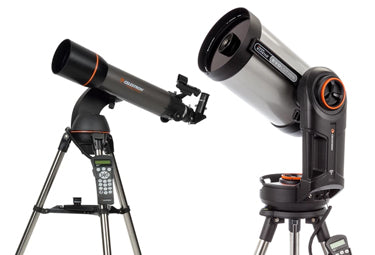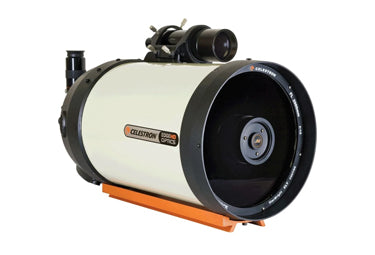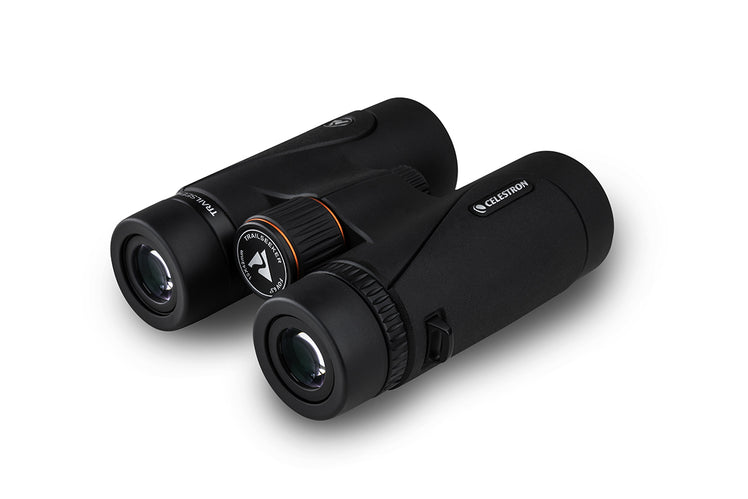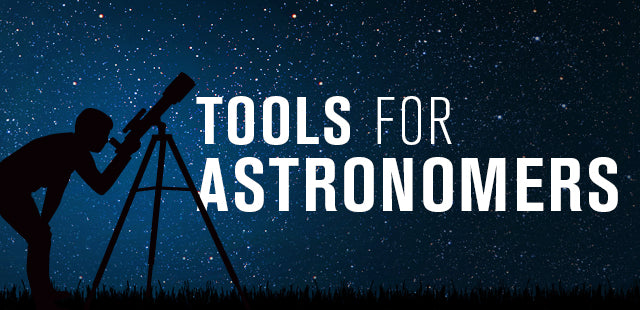As temperatures fall across the Northern Hemisphere, prominent winter constellations adorn the night sky. Among them lies Taurus, with its iconic V-shape—celebrated in mythology and astronomy for centuries. Derived from the Latin word for Bull, Taurus symbolizes strength, toughness, and virility.
Let's learn more about Taurus' rich history, its intricate star patterns, and its most exciting observing targets. Grab your telescope or binoculars and embark on a stellar adventure through Taurus!
Mythology
Taurus, rooted in Greek mythology, represents the bull form Zeus took to abduct Europa, a Phoenician princess. In Sumerian mythology, Taurus symbolizes the bull hunted by Orion. In the winter sky, Orion appears to confront Taurus, wielding his club and shield against the charging bull. This celestial alignment has inspired myths of their eternal battle, reenacted annually as they traverse the heavens together. Cultures such as the ancient Babylonians and Egyptians also identified Taurus as a bull, highlighting its enduring significance across civilizations.
Location
To find Taurus in the night sky, look between Aries to the west, Gemini to the east, and Perseus and Auriga to the north. Orion lies to the southeast, Eridanus to the south, and Cetus to the southwest. If you know how to find Orion's Belt stars—Alnitak, Alnilam, and Mintaka—you can follow them toward the bright, orange-red star Aldebaran, the eye of the Bull.
Stars and Clusters
|
|
Aldebaran
The brightest star in Taurus, magnificent Aldebaran is an orange-red giant. Also known as Alpha Tauri, Aldebaran is the thirteenth-most luminous star in the night sky, with a magnitude of +0.90. It lies 65 light-years away and has a faint red dwarf companion, Aldebaran B, only visible in large telescopes. Aldebaran appears to be a member of the Hyades star cluster, but it is a foreground star located about halfway between the cluster and Earth.
|
|
|
Chi (χ) Tauri
What a fascinating binary star system! Often referred to as "winter's Albireo" due to its resemblance to the famous Beta Cygni pair. It’s a beautiful sight through backyard telescopes. Located 291 light-years from Earth, Chi Tauri consists of two main stars:
- Chi Tauri A: A B-type main-sequence star with a magnitude of +5.4.
- Chi Tauri B: A more complex system with multiple components, fainter at a magnitude of +8.4.
When viewed through a telescope, Chi Tauri A appears yellow, while Chi Tauri B looks blue, creating a striking contrast. It's a nice target for amateur astronomers, especially during winter.
|
|
|
El Nath
Also known as Beta Tauri, is a hot blue-white star that marks the northern horn of Taurus and links with the constellation Auriga. In Arabic, "El Nath" translates to "the butting one." It is the second brightest star in both Taurus and Auriga at magnitude +1.67, behind Aldebaran and Capella. Elnath is 4.5 times more massive and almost 700 times more luminous than our Sun. It lies approximately 134 light-years from Earth.
|
|
|
The Hyades
This unmistakable V-shaped open cluster of stars forms the Bull's face. It is one of the nearest open clusters to our Solar System, about 153 light-years away. You can easily spot the Hyades with your naked eye, but it makes an ideal binocular target. In mythology, the Hyades were half-sisters of the Pleiades, and their parents were Atlas and Aethra.
|
|
|
The Pleiades
Also known as the Seven Sisters, the Pleiades is the most famous open star cluster in Taurus, if not the entire sky. Also known as Messier 45, the Pleiades is located on the shoulder of the Bull and resembles a “mini Little Dipper." The seven brightest stars are Alcyone, Merope, Celaeno, Taygeta, Sterope, Electra, and Maia, the daughters of Atlas. Under dark skies, the naked eye can see about a dozen Pleiades stars, while binoculars can reveal up to 100 stars. The cluster may contain up to 1,000 stars in total. The Subaru car company's logo depicts the Pleiades star cluster, which in Japan is called "Subaru," meaning "unite" or "come together."
|
|
|
The Pirate Moon Cluster
NGC 1647 is an open star cluster containing approximately 90 stars located 1,800 light-years from Earth. William Herschel discovered this cluster in 1784. With a magnitude of +6.4, this cluster is visible in binoculars as a fuzzy patch of light, but an 8" telescope at low power frames it nicely, making it a popular target for amateur astronomers. NGC 1647 is located behind the Taurus Dark Nebula complex.
|
|
|
NGC 1746
This target is a favorite among telescope observers for its bright stars arranged in a striking cluster. Recent studies, however, have revealed it to be a random grouping of stars, now classified as an asterism. With a magnitude of +6.1, it is easily observed through binoculars. Located near the celestial equator, NGC 1746 is visible from both the Northern and Southern Hemispheres at specific times of the year.
|
Nebulae
|
|
The Crab Nebula (Messier 1)
The Crab Nebula, a captivating remnant of a supernova, lies near the lower horn of Taurus, Zeta Tauri, about 6,500 light-years from Earth. This iconic supernova explosion, first recorded by Chinese astronomers in 1054 AD, has become one of the most famous in history. At its center is the Crab Pulsar, a neutron star that emits pulses of radiation across the spectrum, from gamma rays to radio waves. Spanning roughly 11 light-years and expanding at an incredible 1,500 kilometers per second, the nebula showcases the dynamic aftermath of a stellar explosion. Its name originated from a sketch by English astronomer Lord Rosse in the 1840s, who thought its appearance resembled a crab while observing it through his 36-inch telescope. With a magnitude of +8.39, the Crab Nebula is a stunning telescopic target, especially under dark skies.
|
|
|
The Crystal Ball Nebula (NGC 1514)
The Crystal Ball Nebula is a faint planetary nebula with a visual magnitude of +10.89, discovered by William Herschel on November 13, 1790. It features a circular structure with a smooth outer shell and a brighter inner shell, accented by dark zones and bright blobs. At its center sits a perfectly positioned star. While an 8-inch telescope under dark skies can reveal the nebula, larger telescopes will bring out finer details, including a faint outer ring, making it a rewarding target for dedicated observers.
|
Meteor Showers
|
|
The Northern Taurids
The second stream of the Taurid meteor shower graces the skies from mid-October to early December, peaking in mid-November. Known for their slow-moving meteors and occasional bright fireballs, often called "Halloween fireballs," the Northern Taurids originate from debris left by comet 2P/Encke. Look up around midnight for optimal viewing when Taurus is prominently positioned in the sky.
|
|
|
The Southern Taurids
This annual meteor shower lights up the sky from late September to early December, peaking around the first week of November. Linked to the periodic comet 2P/Encke, the Southern Taurids are a minor shower but produce bright, slow-moving meteors that radiate from the southern part of the Taurus constellation. The best time to catch this celestial display is around midnight when Taurus is at its highest.
|
Conclusion
Taurus the Bull is a constellation rich in history, mythology, and astronomical significance. Its prominent stars, clusters, and deep-sky objects make it a fascinating subject for amateur and seasoned stargazers. Observing Taurus during winter months provides a glimpse into the ancient stories and stellar phenomena that have captivated skywatchers for millennia. As you gaze upon Taurus, let it inspire you to explore more constellations throughout the year.
Clear skies and happy observing!
Other articles you might be interested in: Ultimate Guide to Observing the Universe







































